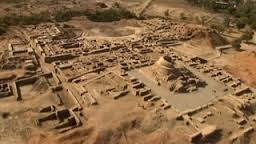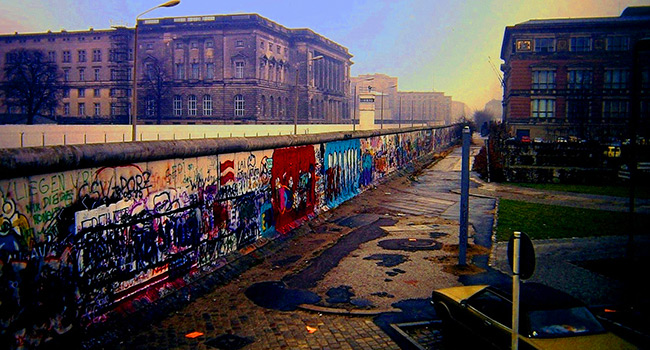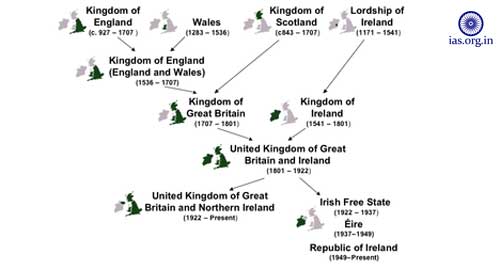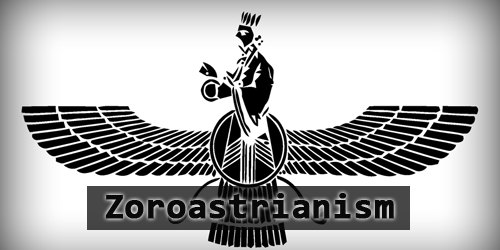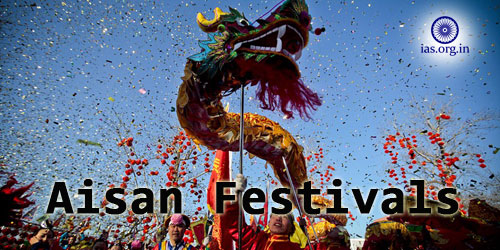The Indus Valley Civilization was a Bronze Age civilization extending from what today is northeast Afghanistan to Pakistan and northwest India. Along with Ancient Egypt and Mesopotamia, it was one of three early civilizations of the Old World. It flourished in the basins of the Indus River, one of the major rivers of Asia, and the Ghaggar-Hakra River, which once coursed through northwest India and eastern Pakistan.
The Indus Valley Civilization is also known as the Harappan Civilization, after Harappa, the first of its sites to be excavated in the 1920s, in what was then the Punjab province of British India, and is now in Pakistan. The discovery of Harappa, and soon afterward, Mohenjo-Daro, was the culmination of work beginning in 1861 with the founding of theArchaeological Survey of India in the British Raj.
Even at the beginning of this century it was believed that the first Indian cities of any importance developed only during the first millennium B.C. The discovery of the immense ruins of two cities at Mohenjadaro and Harappa in 1925 necessitated the rewriting of early Indian history. The cities were located on the banks of the Indus and the Ravi respectively and flourished during the third millennium B.C. No mention of these cities is made in the ancient literature, and their script has not been deciphered to this day.
Read Also: Ancient India
The houses of these cities were solidly built of bricks and many were multi-storied and equipped with bathrooms. The high quality of the pottery, along with hoards of gold and silver found at Indus Valley sites, suggests great the accumulation of great wealth. The city was amazingly well planned with broad main streets and good secondary streets. There were enormous granaries which served as store-houses for the entire community. Finds in excavations of the Mesopotamian civilization indicate that trade flourished between the two civilizations. What is interesting, though, is the total lack of public monuments, obelisks or statues. Moreover, there was no single house which served as a palace, which can be construed as meaning that there were no great inequities in that society and that a certain democratic spirit prevailed. It appears that merchants might have been individually responsible for safeguarding their wealth from marauding brigands.
The Indus valley civilization belongs to the Bronze Age. Excellent tools made of bronze (an alloy of copper and tin) have been discovered. They also exported copper, along with peacocks, ivory and cotton textiles in return for silver and other commodities. However, the inhabitants of the various towns and cities in the Indus Valley were essentially farmers and depended on the periodic floods to irrigate their land. The grain would be collected and distributed at the temple, of which the granary formed a part. Adjacent to the finest group of houses and raised on 10 meter high platforms are the “citadel” mounds. The Mohenjadaro citadel was a many- roomed building built around a large rectangular tank. This seems to have been used for ritual baths.
The twin cities of Harappa and Mohenjadaro, which are the two most famous of the Indian Valley civilization sites, are now in Pakistan; both seem to have been built fully planned and have identical layouts. Neither changed till near the end of the period. Though there was a long period of gradual decay towards 1750 B.C., the actual end was sudden and remains unexplained though the evidence suggests that the Indus may have changed its course and floods might have followed.
Some cataclysmic event, in any case, appears to have struck Harappa, and the cities and town were emptied of their inhabitants. At Mohenjadaro, the city was burnt and the inhabitants killed, and people who were far less advanced than the inhabitants of the Indus Valley seem to have taken possession of the towns. Thus, it is possible to argue that the way was paved for the Aryans by the victory of barbarism over an older and more advanced urban culture.
Don’t Miss:
Indus Valley Civilization 4700 years ago in Harappa and Mohenjodaro
World’s Earliest Civilizations Egyptian, Sumerian, Indus Valley and Phoenician


